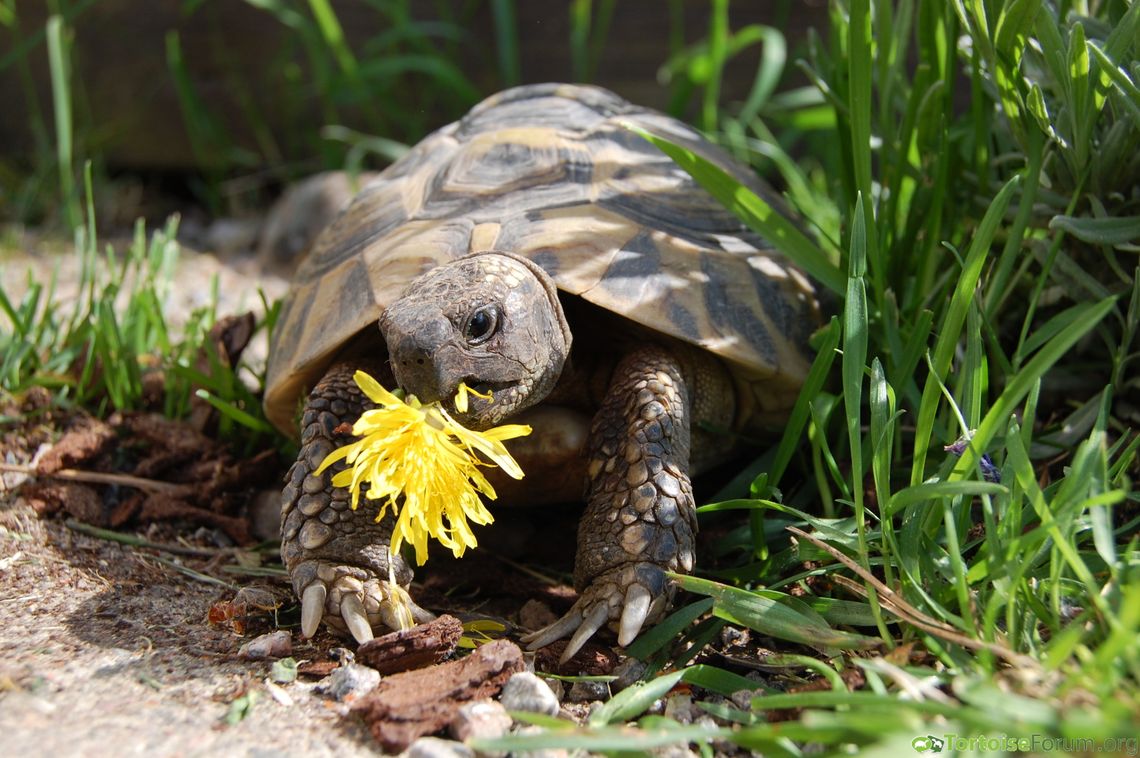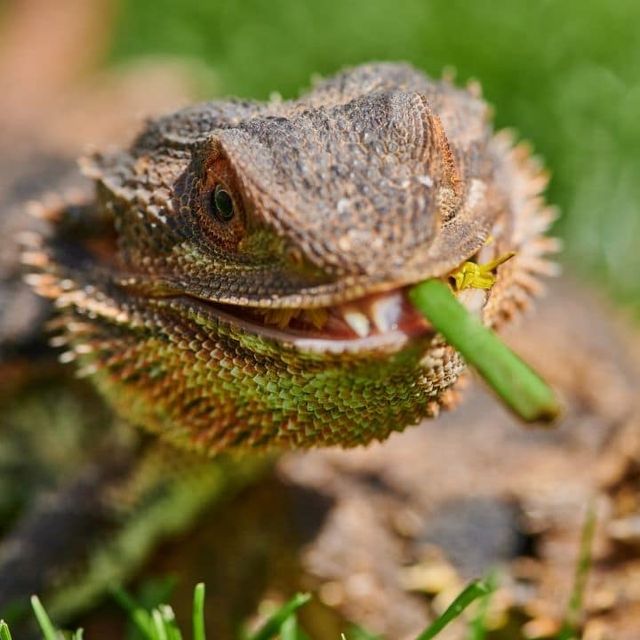
09/05/2022 by Shauna's Petshop 0 Comments
An Easy Guide on What to Feed Your Tortoise or Bearded Dragon
Why these two animals in particular? These are the two most common herbivores and omnivores we see in Shauna's Petshop and it can be very daunting for a new owner to know how much to feed, how often and what to feed. We've put together this blog to bring together the do's and don't's of feeding these hungry creatures. Remember - variety is essential for any pets diet and we can assure you your pet will thank you!
The Bearded Dragon
(Pogona Vitticeps)
At Shauna's Pet Shop we are often asked...
"how much should I feed my Bearded Dragon?"
"How often should I feed my Bearded Dragon?"
"What should I feed my Bearded Dragon?"
We hope to answer some of these questions below!
Bearded Dragons are omnivores, which means they require both a plant and animal-based diet.
For Hatchlings (0-6 months old) it is recommended that they have insects twice a day and to be given vegetables daily.
For Juveniles (6-12 months old) insects once a day and vegetables daily.
For Adults (>12 months old) should have insects twice or three times a week and vegetables daily.
But what insects and what vegetables you may ask? Let's get into the nitty-gritty of it...
Crickets are a popular choice, they have a high level of protein and these fast insects encourage your bearded dragon to hunt for his food. They can be a staple insect for your bearded dragon.
Locusts are another popular choice and we recommend them especially for younger dragons, as they have a much softer exoskeleton making them easier to digest and avoid impaction.
Dubia roaches are a favourite for adult beardie keepers as they are fun for beardies to hunt and these insects are naturally very high in calcium.
Waxworms are a popular treat, but remember, there are just a treat! Waxworms do not provide much nutritional value for your beardie; they can also become addicted to these fatty little worms.
Warning: Mealworms and Morio worms should only be given to adult bearded dragons. These worms have a hard exoskeleton (their outer shell), which can be very difficult for young beardies to digest. If given, there is a risk of impaction to your pet.
Tip: Unsure what size insect to feed? The insect should be no bigger than the space between your Beardie's eyes!
When it comes to vegetables, there are a few staples that can be regularly given. Pak choi, rocket leaves, collard greens, kale and alfalfa to name a few. Red pepper and peeled cucumbers as well! Offering variety to your Bearded Dragon is the most beneficial to their long-term health.
If you have trouble finding suitable vegetables at your local supermarket, try visiting an international supermarket. Many vegetables that beardies can enjoy aren't a regular staple on Irish dinner tables, such as pak choi and collard greens.
Bearded dragons can also have a limited amount of fruit as a treat such as apple, raspberries and peeled bananas. They should not have any citrus fruits, due to their acidic nature it can cause a stomach upset.
Tip: Bearded dragons shouldn't be given too much spinach. Spinach is a calcium inhibitor, this means it can reduce the ability for your beardie to absorb calcium from their food. Iceberg lettuce, rhubarb and avocado should NOT be given to Bearded Dragons.
---------------------
Horsefield Tortoise
Testudo Horsfieldii
The Horsfield's tortoise is a herbivore, which means they are a plant-eating animal.
Young tortoises should be given an unlimited amount of food each day while they are still growing; when they reach adulthood the amount of food they have access to should be roughly the size of their shell.
Pre made tortoise diets such as Prorep Fruit & Flower pellet mix is an excellent addition to a tortoise's diet. Not forgetting Komodo's Tortoise Flower Mix and Arcadia Earth Pro FlowerBoost are great food toppers as well.
Fresh greens and grasses are always going to be the best thing for your tortoise. Staple fresh foods you can offer your tortoise are: alfalfa, watercress, rocket, dandelions (endure they are pesticide free!), rose petals, collard greens and ficus leaves for example.
The following should only be offered in small quantities: kale, spinach and broccoli.
Food should always be offered on a shallow dish, you do not want your tortoise accidentally ingesting his substrate.
Warning: buttercups, daffodils and ivy are poisonous to Horsfield's tortoises!
Remember, the above information isn't extensive. We have not included everything your pet can or cannot have. The correct supplements need to be considered as well for reptiles kept in captivity. Check out our blog article on supplementing your reptile's diet coming soon. Research is always improving and changing. Keep exploring and learning.



Comments
Leave a comment